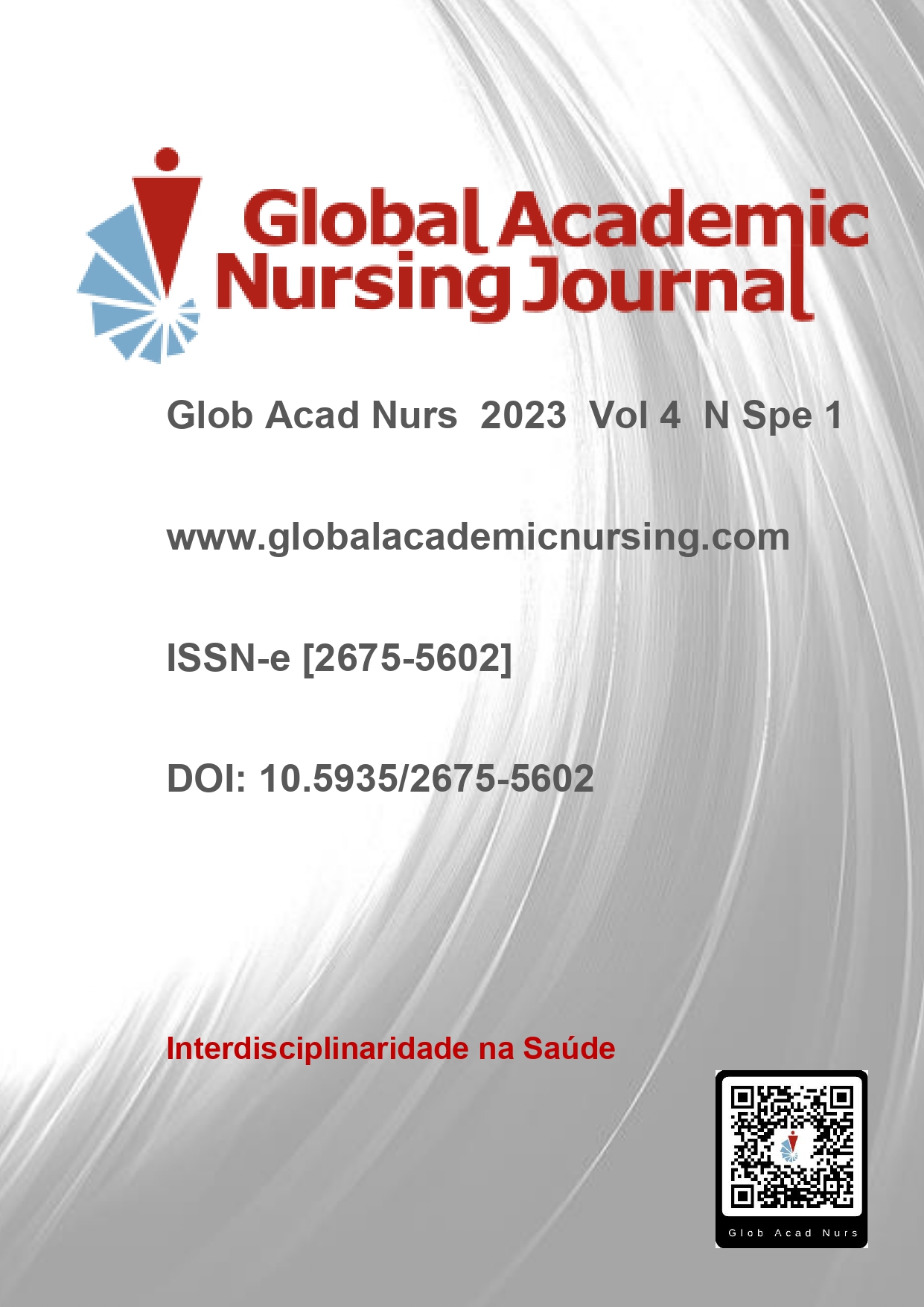Abstract
The aim of this paper was to present the use of ozone therapy as an adjuvant treatment in cases of diabetic foot ulcers and to compare traditional treatment and traditional treatment associated with ozone therapy. This is an integrative review in which searches were carried out in the PubMed, VHL, ScienceDirect and SciELO databases, without date or language restrictions. The results demonstrate that ozone, as a complementary measure to conventional treatment, has shown promise in the treatment of diabetic foot and ulcers, as it helps with healing, circulation, the immune system and has no adverse effects. Diabetes Mellitus, if left untreated, can lead to complications, such as diabetic foot - a syndrome that causes neuropathy, ischemia and infections that lead to the development of diabetic foot ulcers. Conventional treatment for diabetic foot ulcers consists of the use of antibiotics, debridement of the lesions and, in some cases, amputation of the limbs; therefore, ozone therapy has been used to complement the treatment. The results obtained showed that the use of ozone is promising in patients with diabetic foot ulcers.
References
Blanco LJ. Tratamiento de la infección en el pie diabético. Revisión. Revista Internacional de Ciencias Podológicas. 2017;11(2):137–147.
Bocci V, et al. An integrated medical treatment for type-2 diabetes. Diabetes and Metabolic Syndrome: Clinical Research and Reviews. 2014;8(1):57–61. https://doi.org/10.1016/j.dsx.2013.10.004
Wainstein J, et al. Efficacy of ozone-oxygen therapy for the treatment of diabetic foot ulcers. Diabetes Technology and Therapeutics. 2011;13(12):1255–1260. https://doi.org/10.1089/dia.2011.0018
Ghotaslou R, Memar MY, Alizadeh N. Classification, microbiology and treatment of diabetic foot infections. Journal of Wound Care. 2018;27(7):434–441. https://doi.org/10.12968/jowc.2018.27.7.434
Zhang J, et al. Increased growth factors play a role in wound healing promoted by noninvasive oxygen-ozone therapy in diabetic patients with foot ulcers. Oxidative Medicine and Cellular Longevity. 2014;1–8. https://doi.org/10.1155/2014/273475
Bladinieres-Camara JE, et al. Pie di abético neuroisquémico tratado con ozonoterapia. Consecuencias del tratamiento. Cirujano General. 2015;37(1–2):44–48. https://dx.doi.org/10.35366/63554
Duarte HA, et al. Beneficios de la intervención con ozonoterapia en pacientes con pie diabético neuroinfeccioso Advantages. Revista Cubana de Angiología y Cirugía Vascular [Internet]. 2014;15(1):12–21. Disponível em: http://scielo.sld.cu/scielo.php?script=sci_arttext&pid=S1682-00372014000100003
Izadi M, et al. Efficacy of comprehensive ozone therapy in diabetic foot ulcer healing. Diabetes and Metabolic Syndrome. Clinical Research and Reviews. 2018;13(1):822–825. https://doi.org/10.1016/j.dsx.2018.11.060
Martinéz-Sánchez G, et al. Therapeutic efficacy of ozone in patients with diabetic foot. European Journal of Pharmacology. 2005;523(1–3):151–161. https://doi.org/10.1016/j.ejphar.2005.08.020
Wilcox JR, Carter MJ, Covington S. Frequency of debridements and time to heal: A retrospective cohort study of 312 744 wounds. JAMA Dermatology. 2013;149(9):1050–1058. https://doi.org/10.1001/jamadermatol.2013.4960
Florentino AO, Duarte AGG, Meira CSM, Júnior IA, PerezFCS,Pereira TACF, Hoelz CMR, Menezes DC, Oliveira EAB, Crivelaro LR. A atuação do enfermeiro na prevenção de microrganismos multirresistentes em unidade de terapia intensiva. Glob Acad Nurs. 2022;3(Sup.1):e238. https://dx.doi.org/10.5935/2675-5602.20200238

This work is licensed under a Creative Commons Attribution-NonCommercial-NoDerivatives 4.0 International License.
Copyright (c) 2023 Global Academic Nursing Journal

